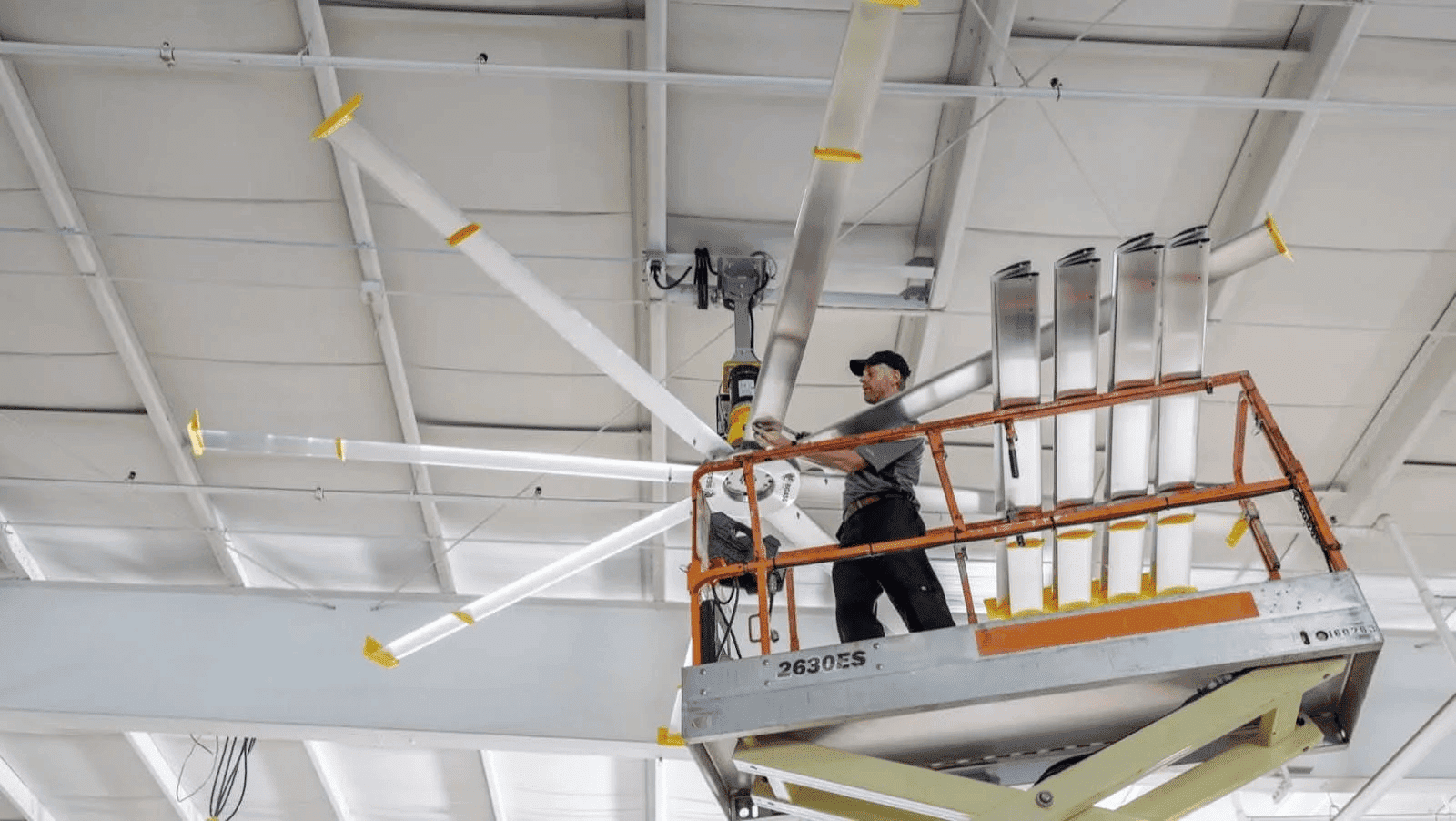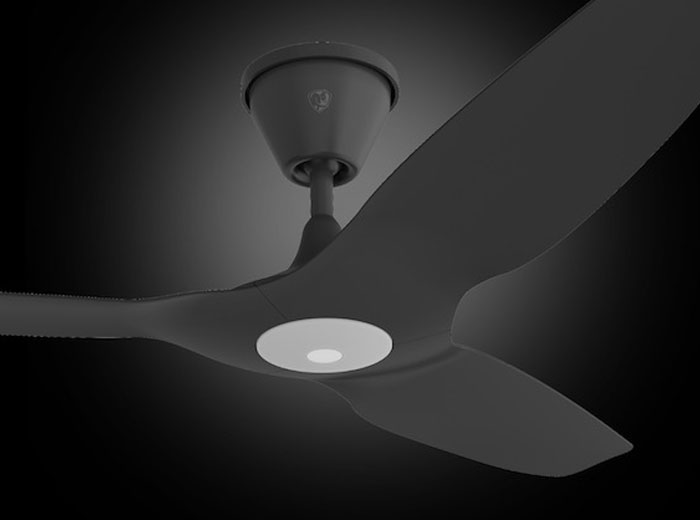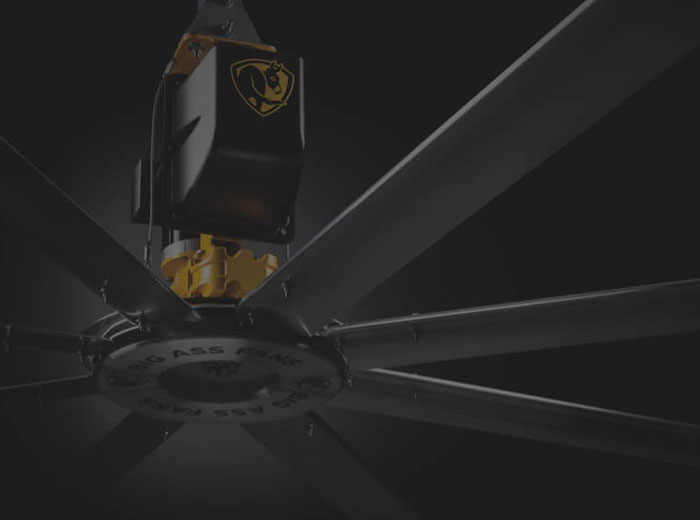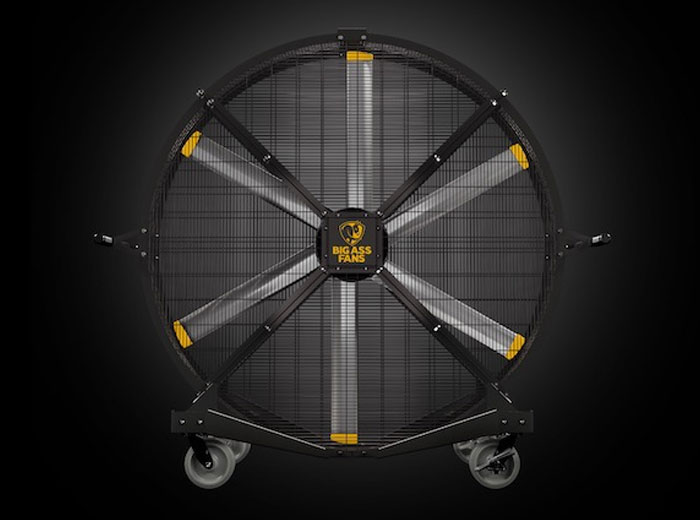High-ceiling buildings present unique cooling challenges. The extra vertical space allows heat to rise, making the occupied areas warmer and less comfortable, especially in warmer climates. Without the right cooling solution, you may face increased energy bills and an uncomfortable environment. This guide explores practical, energy-efficient methods to keep such spaces cool and inviting.
Understanding the Cooling Challenges of High-Ceiling Buildings
High ceilings may look impressive, but they can lead to uneven temperature distribution. Hot air tends to rise, leaving cooler air below but not always where you need it most. This can cause:
-
- Hot spots in occupied zones
- Higher energy usage to maintain comfort
- Reduced effectiveness of standard cooling systems
The key is to choose cooling solutions that move air efficiently and balance temperatures throughout the space.
HVLS Fans for Large Spaces
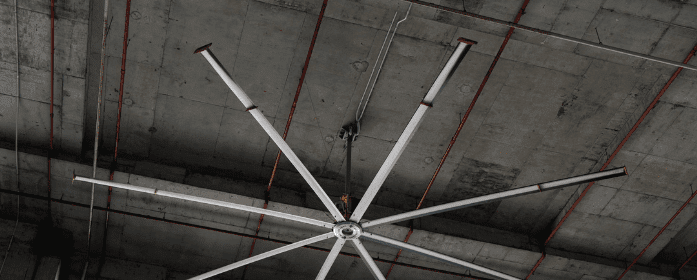
High-volume, low-speed (HVLS) fans are among the most efficient cooling options for high-ceiling environments. Their large blades move massive amounts of air at low speeds, creating a gentle breeze that makes occupants feel cooler without drastically lowering the temperature.
Benefits include:
-
- Significant energy savings compared to air conditioning
- Better air circulation, reducing hot spots
- Enhanced comfort during both summer and winter
If you want to learn more about available options, explore the Industrial Fans range that’s designed for large spaces.
Destratification Fans to Balance Temperatures
In high-ceiling buildings, destratification fans help push warm air down during cooler months, ensuring even heat distribution. This not only improves comfort but also reduces heating costs.
These fans are especially useful in warehouses, gyms, and retail spaces where maintaining consistent indoor conditions is important year-round.
Optimising Airflow with Strategic Ventilation
Natural ventilation can be a cost-effective solution. Placing vents or windows strategically allows hot air to escape and cooler air to enter. When paired with ceiling or wall-mounted fans, ventilation can make a noticeable difference in temperature regulation.
Zoned Cooling Systems
Instead of cooling the entire building, zoned systems focus only on areas that are occupied. This is especially beneficial for large commercial or industrial spaces where certain areas remain unused for extended periods.
Zoned cooling can involve:
-
- Ductless mini-split systems
- Smart thermostats for each zone
- Variable refrigerant flow (VRF) systems
Evaporative Coolers for Dry Climates
In regions with low humidity, evaporative coolers can be an energy-efficient choice. These systems use water evaporation to lower air temperature, providing fresh, cool air without the high costs of traditional air conditioning.
Ceiling Fans in Office and Retail Environments
Smaller ceiling fans can still play a big role in improving comfort, especially in reception areas, meeting rooms, or retail floors. They work best when combined with existing HVAC systems to enhance airflow.
If you’re considering upgrades, you can explore more solutions on the Big Ass Fans website to see what works best for your layout and needs.
Smart Controls for Cooling Efficiency
Modern cooling systems can be paired with smart controls to adjust fan speeds, airflow patterns, and temperature automatically. This maximises efficiency while ensuring occupants remain comfortable.
Energy-Efficient Air Conditioning Units
While fans and ventilation are great for reducing reliance on air conditioning, in some climates, AC units remain essential. Opt for high-efficiency units with variable speed compressors to reduce electricity consumption and extend equipment lifespan.
Regular Maintenance for Optimal Performance
Cooling equipment should be maintained regularly to keep it operating efficiently. This includes cleaning fan blades, checking motor performance, and inspecting electrical components. Regular servicing prevents breakdowns and ensures consistent comfort.
For expert advice or to discuss a tailored cooling solution, get in touch via the contact page and speak to a specialist.
Conclusion
Cooling a high-ceiling building efficiently requires the right mix of solutions. HVLS fans, destratification fans, smart ventilation, and zoned systems can dramatically improve comfort and reduce energy bills. By investing in tailored solutions and maintaining them regularly, you can keep your space comfortable year-round while optimising operational costs.
FAQs
1. What is the most efficient way to cool a high-ceiling building?
Using HVLS fans with destratification features is often the most efficient way, as they circulate air effectively without excessive energy use.
2. Can I use regular ceiling fans for high ceilings?
You can, but they may not be as effective. HVLS fans are specifically designed for large spaces and higher mounting heights.
3. Do HVLS fans work with air conditioning?
Yes. HVLS fans complement air conditioning by distributing cool air more evenly, reducing the need to lower thermostat settings.
4. Are evaporative coolers good for all climates?
No. They work best in dry climates where humidity is low, as high humidity reduces their cooling effectiveness.
5. How often should I service my cooling equipment?
It’s recommended to have a professional service at least once a year, or more often in dusty or high-use environments.


